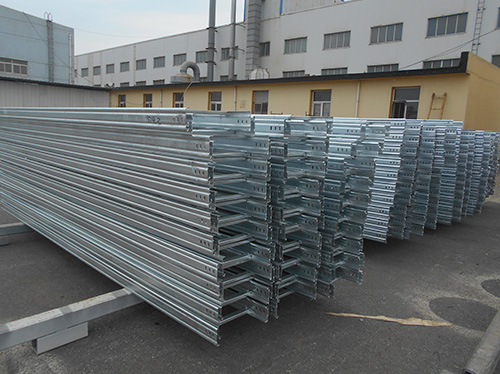
Anshan yongfeng hot galvanizing co. LTD
Marketing: 15040762557
Customer service hotline: 0412-848267
Company email: 1123927151@qq.com
Company website: ghjwxsp.cn
Company address: anqi road 34, dadao bend industrial park, anshan city
(1)pH is gradually increased in the process of pH electroplating. Therefore, the pH of hot galvanizing bath should be tested and adjusted frequently. PH test paper to choose precision grade, can not use 1 to 14 of the wide pH test paper. Use 3. 8-5. 4 precision test paper. The pH value of the same hot galvanizing bath will vary with the test result of different manufacturers' test paper. This requires us to buy the same test paper and the same specification of test paper for the determination of plating solution, so as to minimize the error.
If the pH of the hot galvanizing bath is found to change rapidly, the concentration of boric acid in the bath is insufficient.
After determining that the pH is higher than the normal range, dilute hydrochloric acid (with a mass fraction of 20%~ 30%) is used to adjust the pH of the plating solution. When adding acid, it will be found that hot galvanizing plating solution produces white smog-like phenomenon, which is the reason why sodium benzoate in the polish agent dissociates from the water-insoluble benzoic acid after encountering strong acid. Therefore, when adding hydrochloric acid, please pay attention to stirring the plating solution. In the process of adding acid, test the pH while stirring. After reaching the standard range, stop adding the acid solution.
When adjusting pH, use hydrochloric acid only but cannot use sulfuric acid or other acid, can cause trouble otherwise.
If adding too much hydrochloric acid to the pH is too low, dilute alkali solution (sodium hydroxide solution with a mass fraction of 10%~20%) should be used to recover slowly. But it needs to be stirred strongly. Otherwise, zinc hydroxide precipitates will form.
(2) temperature the temperature of hot galvanizing bath is closely related to season and environment. But the hot galvanizing solution will also naturally rise during the electroplating process. Especially when the content of ingredients in hot galvanizing bath is low (especially KC1 and ZnCl2) and the anode area is small, the liquid temperature will rise rapidly.
In the cold winter in northern areas, the temperature of hot-dip galvanizing solution is only 4, which is not suitable for electroplating. Only when the temperature of galvanizing solution is raised to above 101 through external heating can it be produced normally. In the summer, the temperature of coating solution in the south can reach more than 501. Despite the use of high temperature carrier, the plating solution has poor dispersibility and low current area brightness is still not satisfactory. Artificial cooling measures should be taken to keep the temperature of the plating solution at 4(n: below is the necessary condition for obtaining high-quality coating. The cooling method is to transfer the heat pipe (titanium pipe, quartz glass pipe or lead pipe) on the inner wall of the plating bath, and pass the refrigerant or tap water in the pipe to reduce the temperature of the hot galvanizing bath.
